text by Caia Cupolo
photography by Matthew Carasella
Installation view of Sixties Surreal (Whitney Museum of American Art, New York, September 24, 2025–Jan 19, 2026). Peter Saul, Saigon, 1967. Photograph by Matthew Carasella
When you step off the elevator onto the 5th floor at the Whitney Museum, you enter a scene of three life-size camels against a bright orange-red wall. This feels almost misplaced as a leading work in the exhibition, but it’s only at the end when viewers find their way to a didactic that describes the illogical nature of camels—from four stomachs to a dislocating jaw—but they still exist. Reality is strange.
Sixties Surreal, currently on view at the Whitney Museum of Art, is a compelling argument that Surrealism was far from dead in the era of Pop Art. An argument that takes form in the shape of sculptures made from “junk,” otherworldly paintings, and haunting photographs. The curatorial team brilliantly positioned this collection not as a nostalgic look back, but as a critical examination of how the classic movement, built on Freudian theory, mutated into a politically-charged, media-saturated, and truly American force during the decade of cultural upheaval.
The exhibition’s core power lies in its unflinching focus on the era’s social and political injustices. This is exemplified in Noah Purifoy’s “Untitled (66 Signs of Neon),” made following the Watts Rebellion. Purifoy walked the streets of litter and so-called junk, where he aimed to give new life to these found objects. Taking the objects out of a negative context to put into his art brings a new, empowering meaning and reclaiming of the events. The rubble that made its way into the piece has a darkness that emulates a haunting past, but is put into a new environment surrounded by stamped symbols and words. Surrealism emerged as the ultimate tool for protesting the unspoken contracts of the era.
Installation view of Sixties Surreal (Whitney Museum of American Art, New York, September 24, 2025–Jan 19, 2026). Nancy Graves, Camel VI, Camel VII and Camel VIII, 1968–1969. Photograph by Matthew Carasella
This strain of Surrealism is deeply intertwined with the proliferation of television. The medium didn’t just report the news of upheaval to the American public; it delivered the chaotic images of war and protest directly into their living rooms, fusing reality with performance. The curatorial choice to present the exhibit in highly contrasted environments—sudden walls of hot pink interrupting stark, institutional grey—serves the subject matter well. It forces a jarring, non-linear experience that mimics the sensory overload and fractured perception delivered by the blinking, often distorting, television screen. The consistent use of small, scattered screens looping avant-garde animated shorts throughout the galleries is a clever tactic, effectively tying the artwork to the rise of mass media and demonstrating how artists were already diagnosing the medium that would eventually dominate culture.
The consumerist boom could not be left out when discussing the post-World War II era. Martha Rosler’s “Kitchen I, or Hot Meat” was a piece that stood out in its portrayal of this phenomenon. Female body parts appear on appliances, leaving the greater message that women’s bodies were readily commodified and contorted to fit within their economically prescribed domestic roles. Rosler reminds us that the human body was not meant to fit onto an appliance, so women should not be forced to conform to any specific role.
On a similar note of early feminism, Martha Edelheit’s “Flesh Wall with Table” is a breathtaking, large-scale repudiation of the male gaze. Edelhait depicts almost two dozen naked women lounging across the canvas. She did not use any models, opting instead to focus purely on her perception. The women vary greatly in position, shape, and skin tone, most having non-flesh-colored skin, like shades of green and blue. As a female artist, there was a particular pride in painting female nudes, especially so many for such a large piece, when you consider how much of the canon is filled with nude women rendered by men. Lastly, near the center of the work, lies a white rectangle wherein a woman is painting. This is Edelheit including herself in the work, further empowering herself in the building of a utopia where women can relax.
Installation view of Sixties Surreal (Whitney Museum of American Art, New York, September 24, 2025–Jan 19, 2026). From left to right: Karl Wirsum, Screamin’ Jay Hawkins, 1968; Claes Oldenburg, Soft Toilet, 1966; Alex Hay, Paper Bag, 1968; Lee Lozano, No Title, 1964. Photograph by Matthew Carasella
While the show occasionally leans into the obvious tropes of the era, its central thesis holds firm: Surrealism became the ultimate protest art of the 1960s. It provides a necessary historical correction, proving that the decade’s artistic legacy is not merely defined by Abstract Expressionism’s final bow or Pop Art’s slick surfaces, but by the messy, urgent, and deeply subconscious cries of the artists who tried to make sense of a world where domestic dreams were exposed by televised violence. It’s an essential, if disquieting, tour.
Sixties Surreal is on view through January 19, 2026 @ Whitney Museum of Art in New York 99 Gansevoort St, New York.


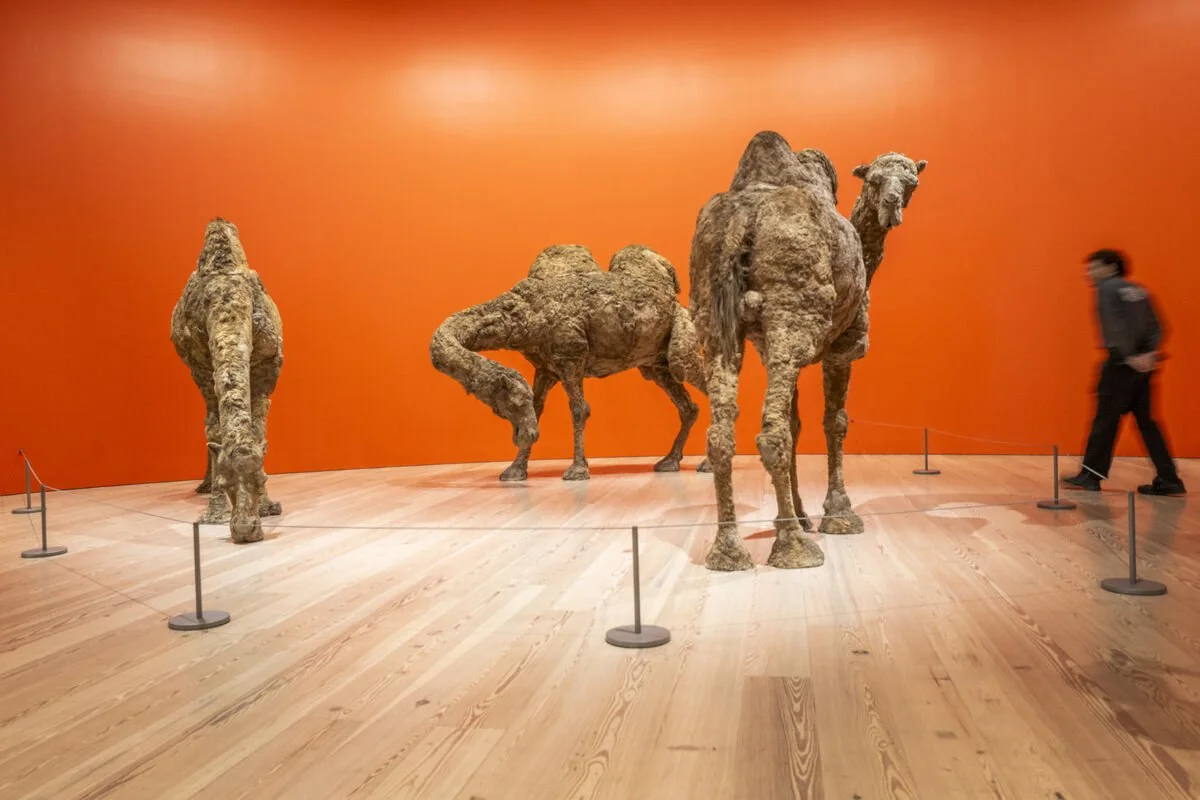
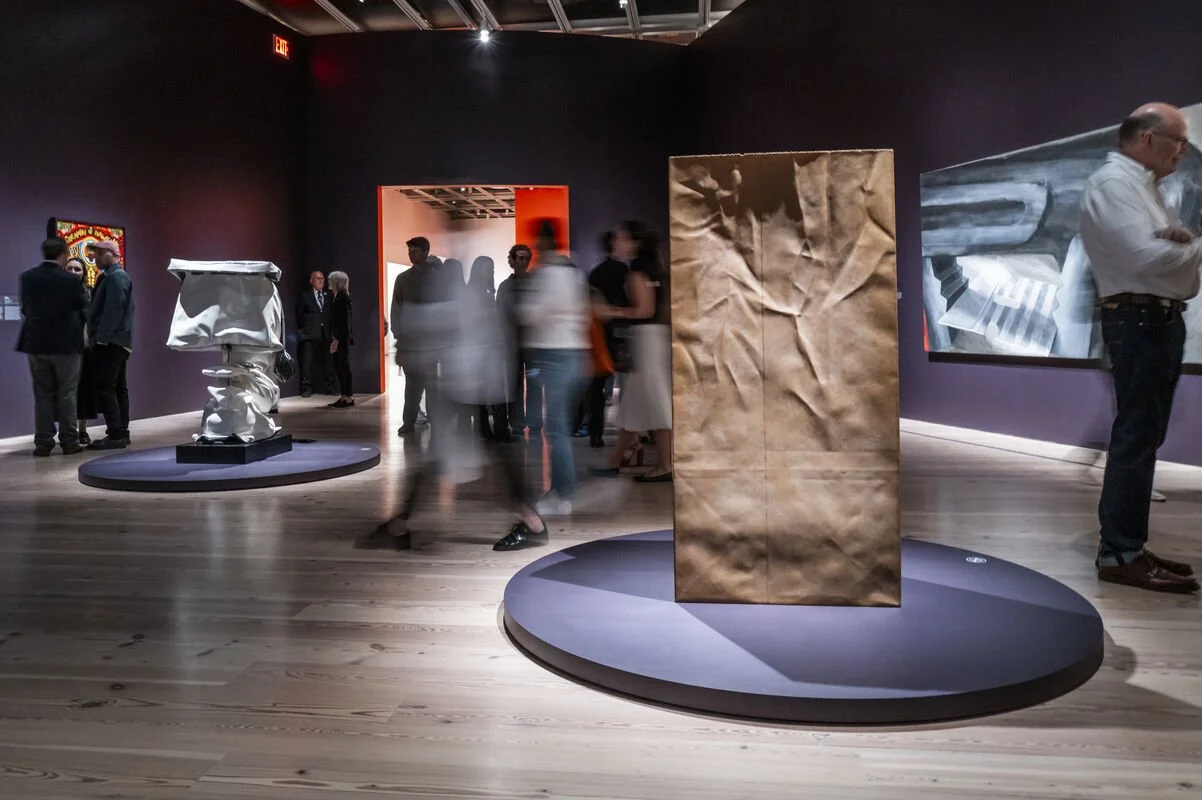
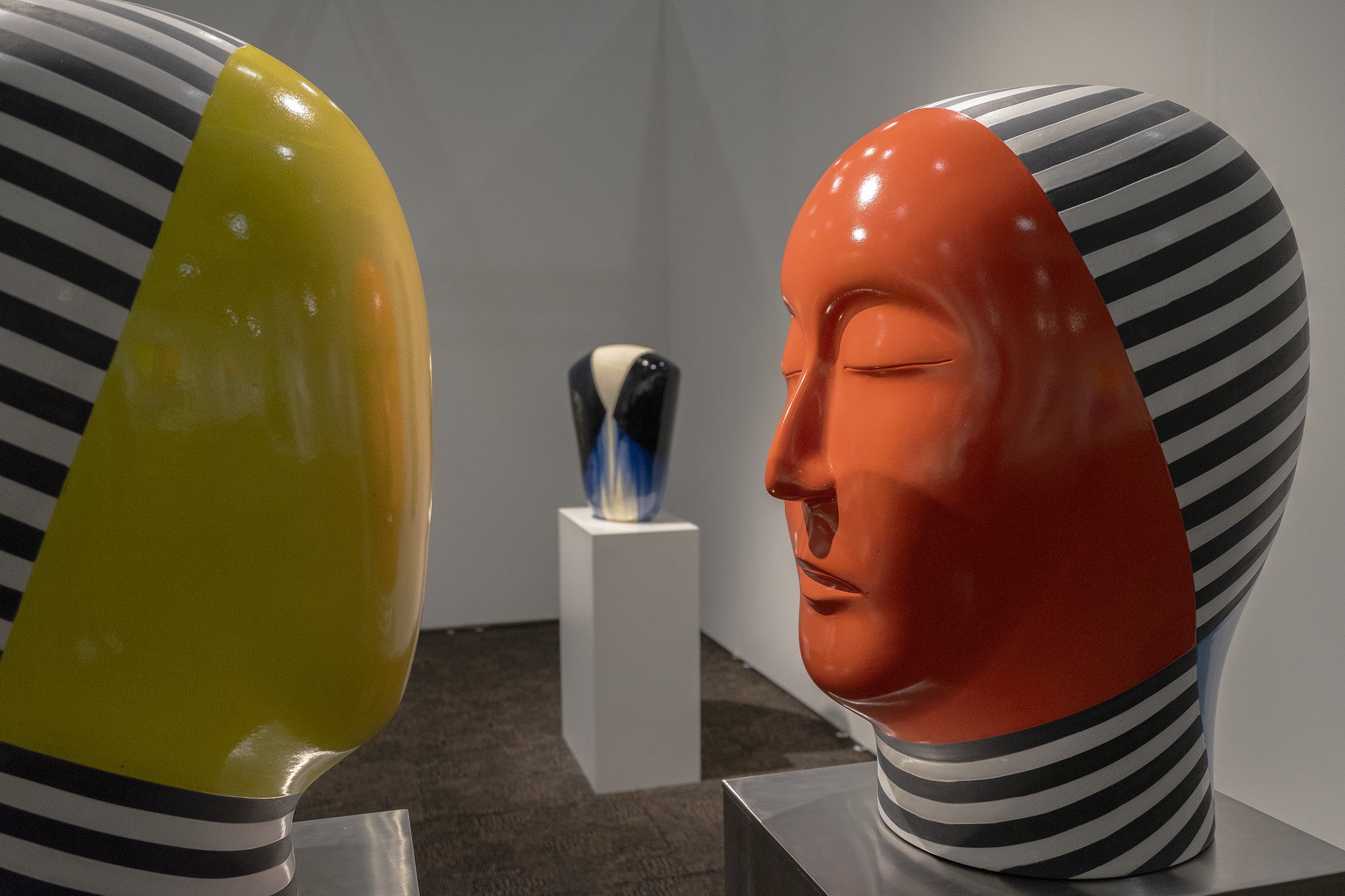
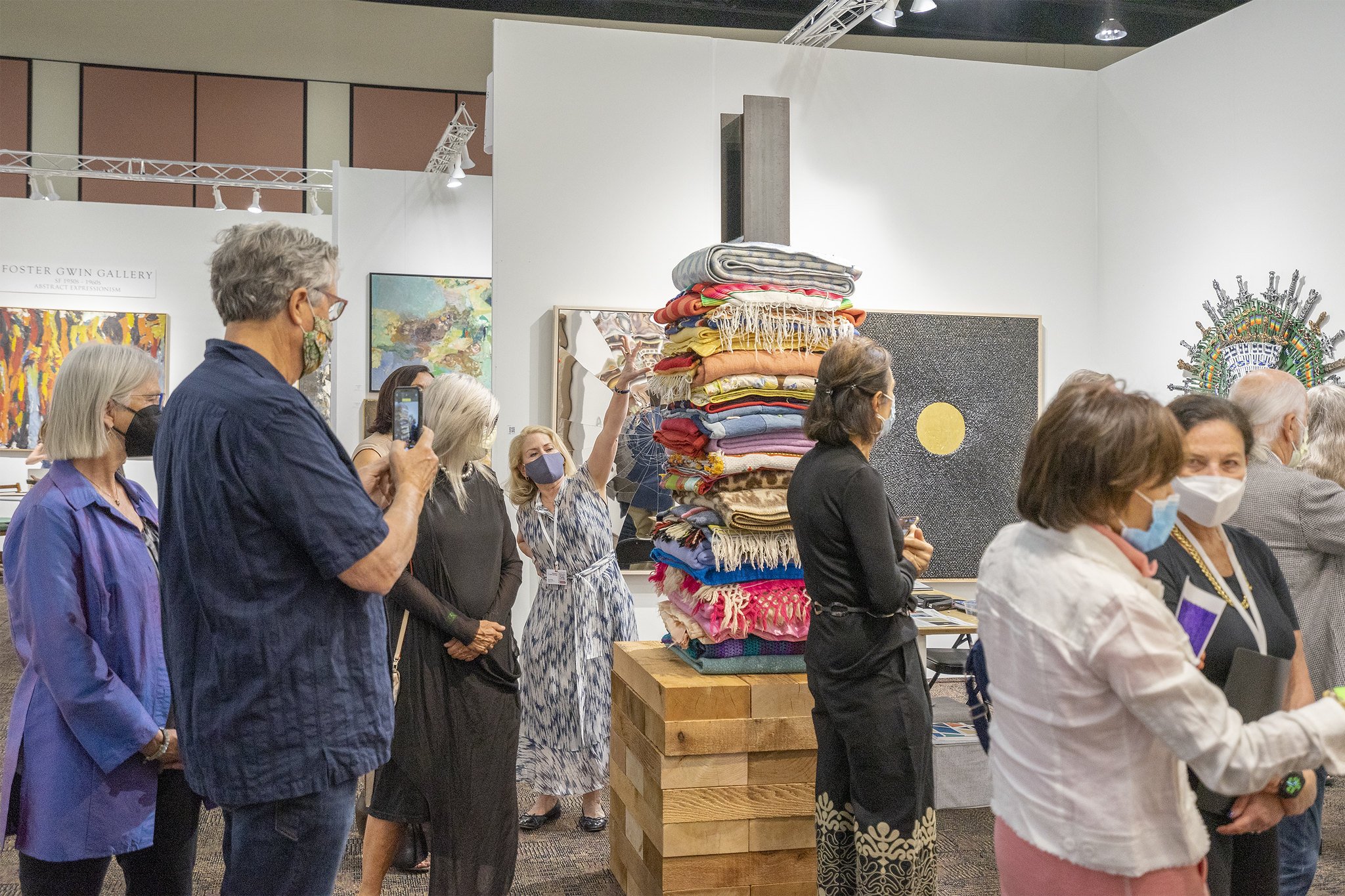
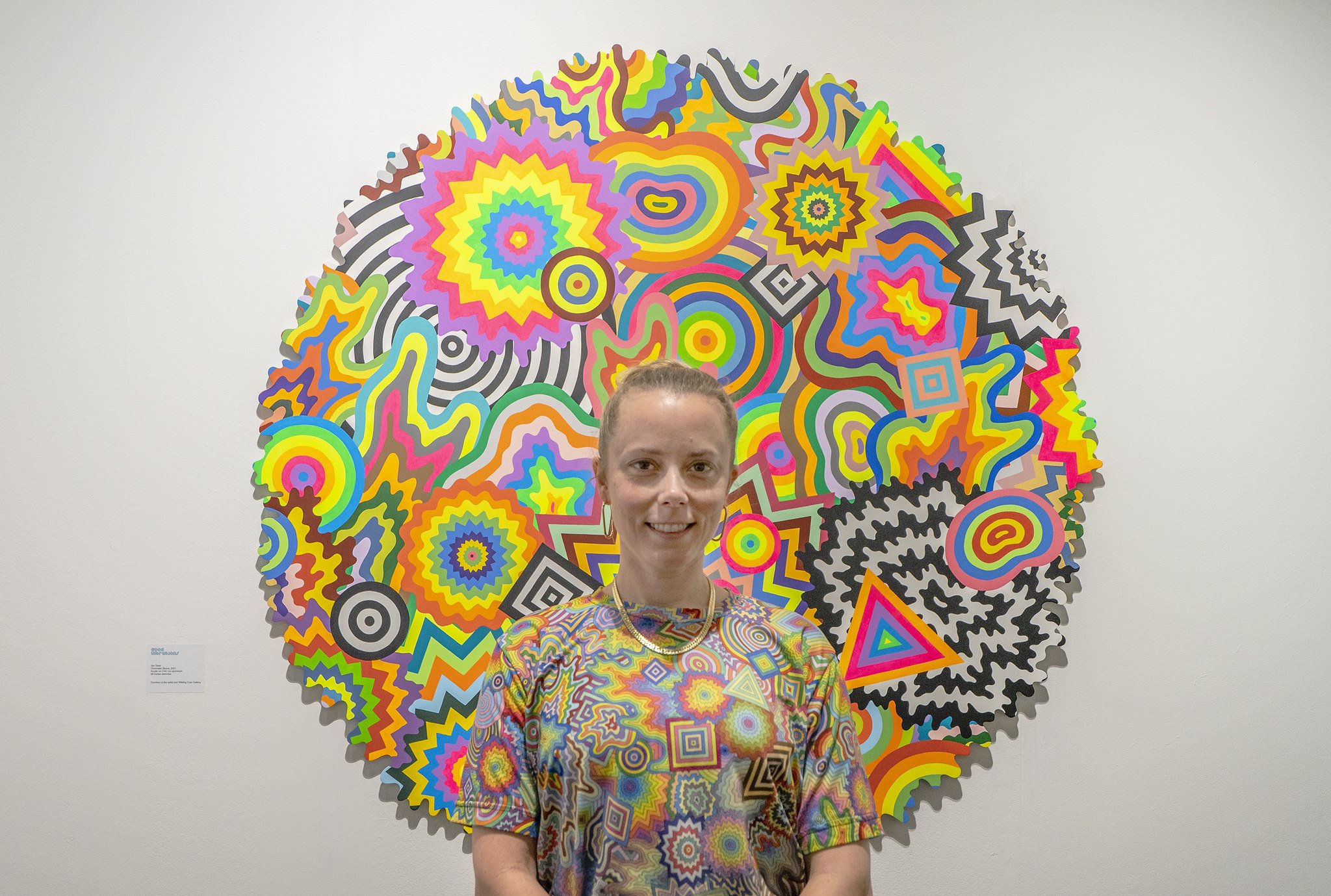
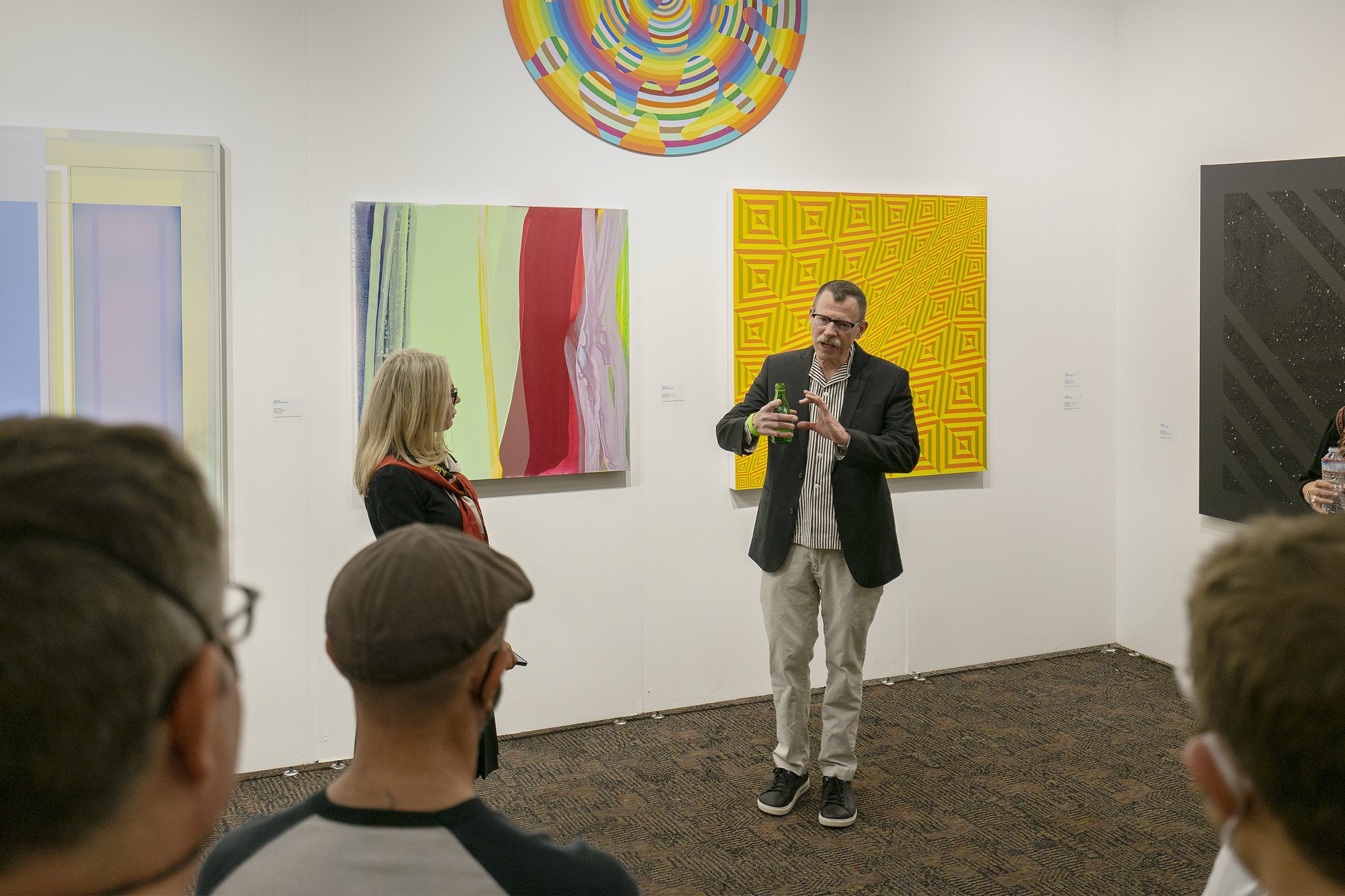
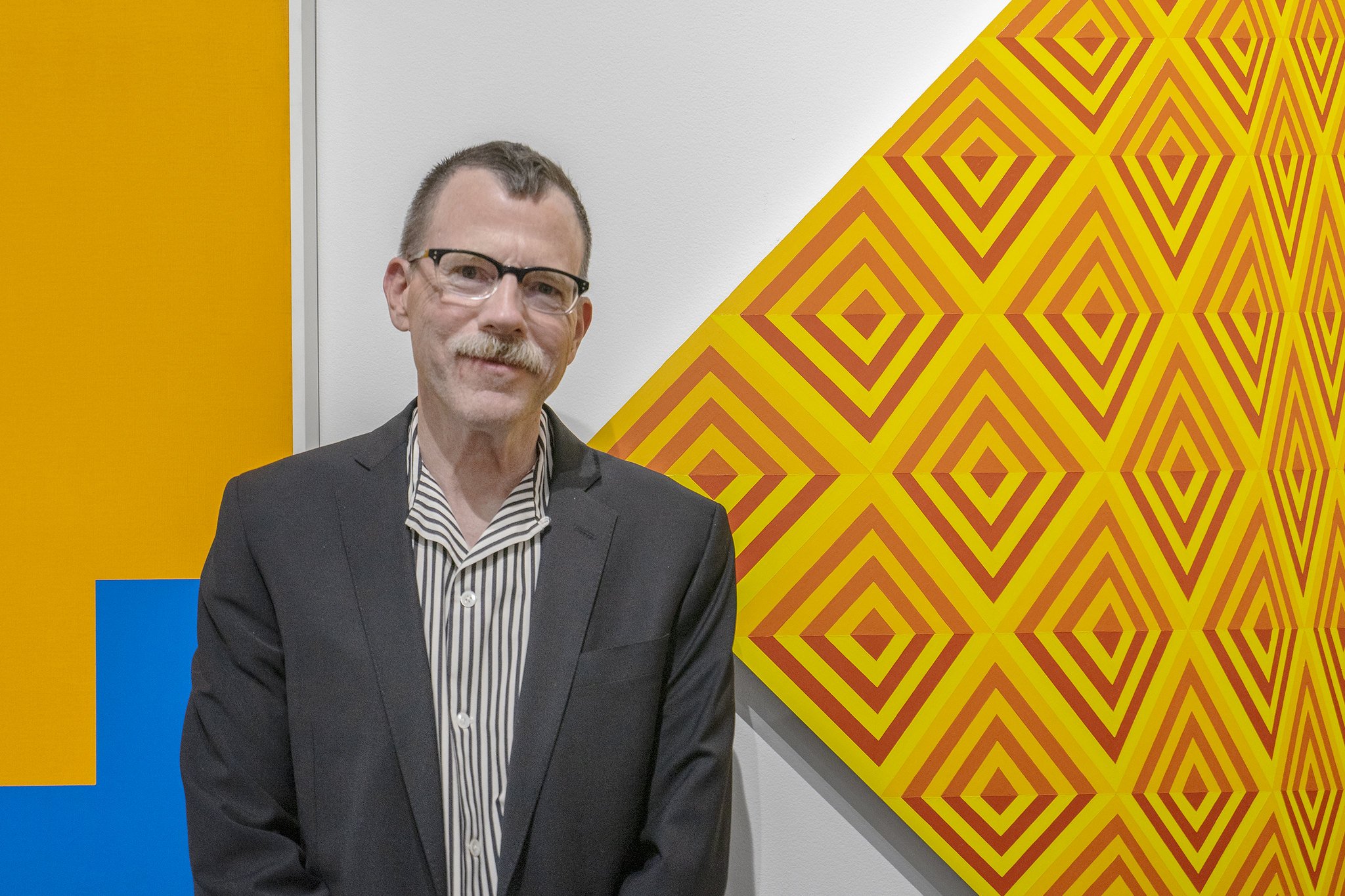
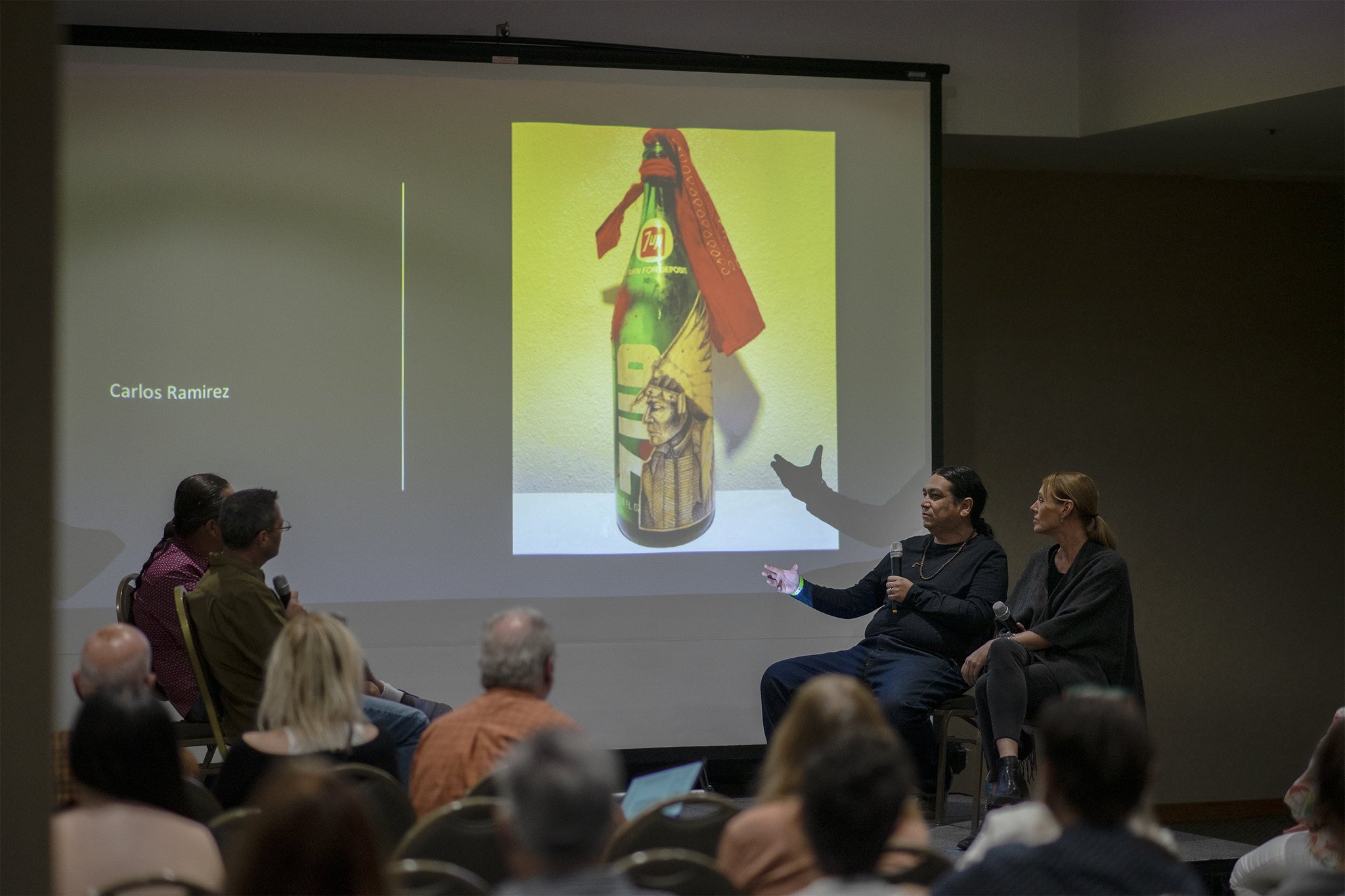
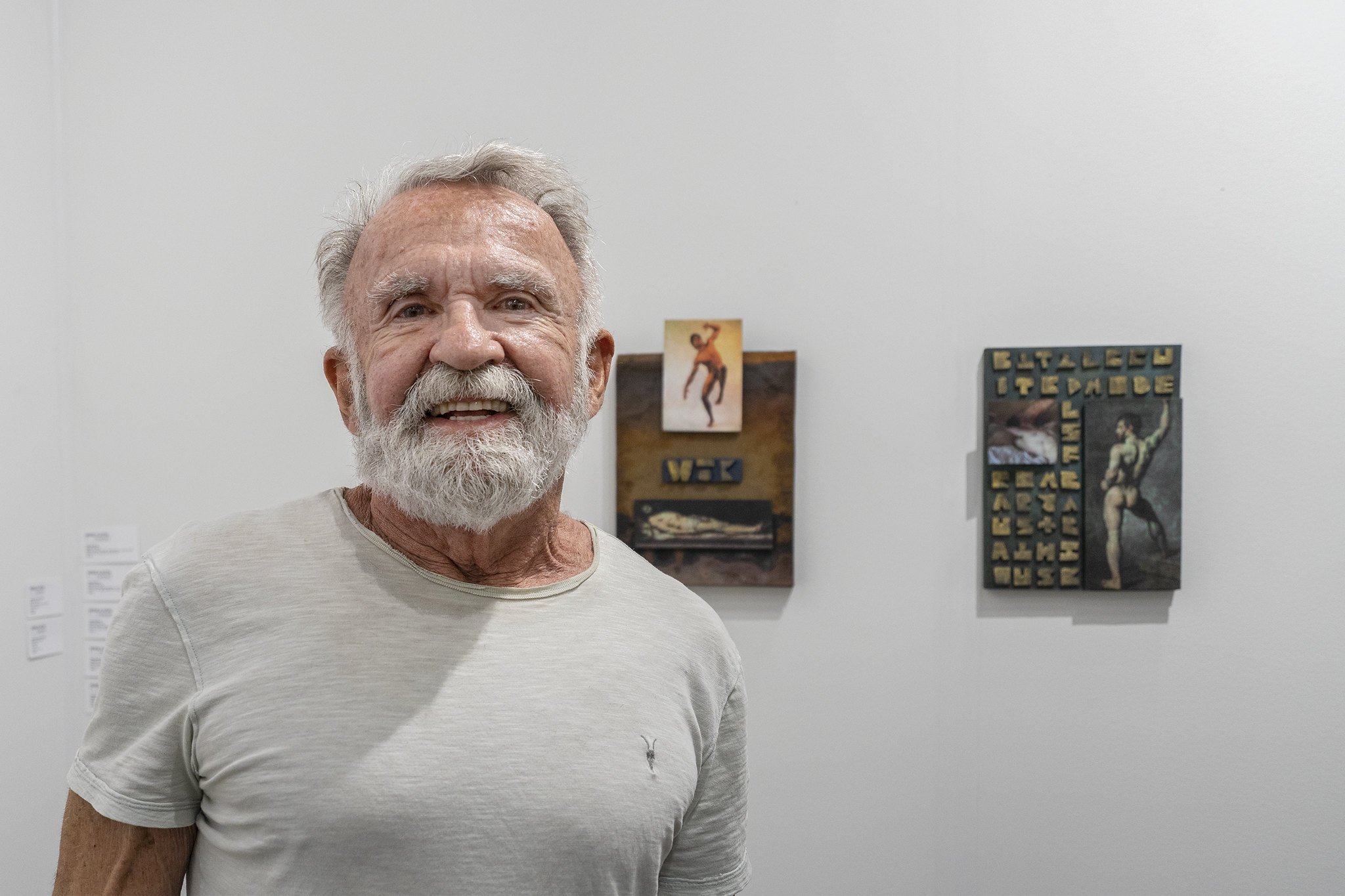

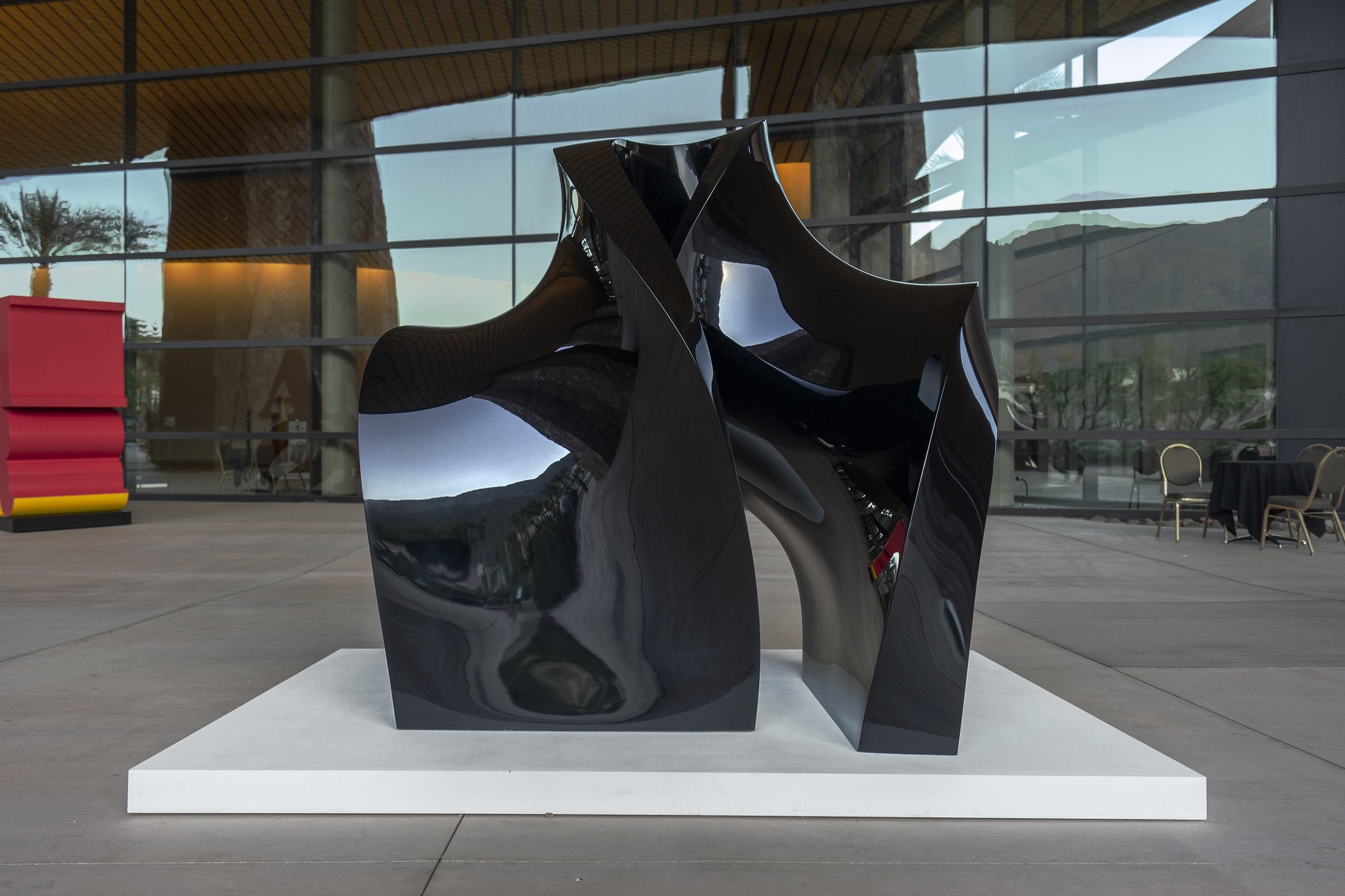
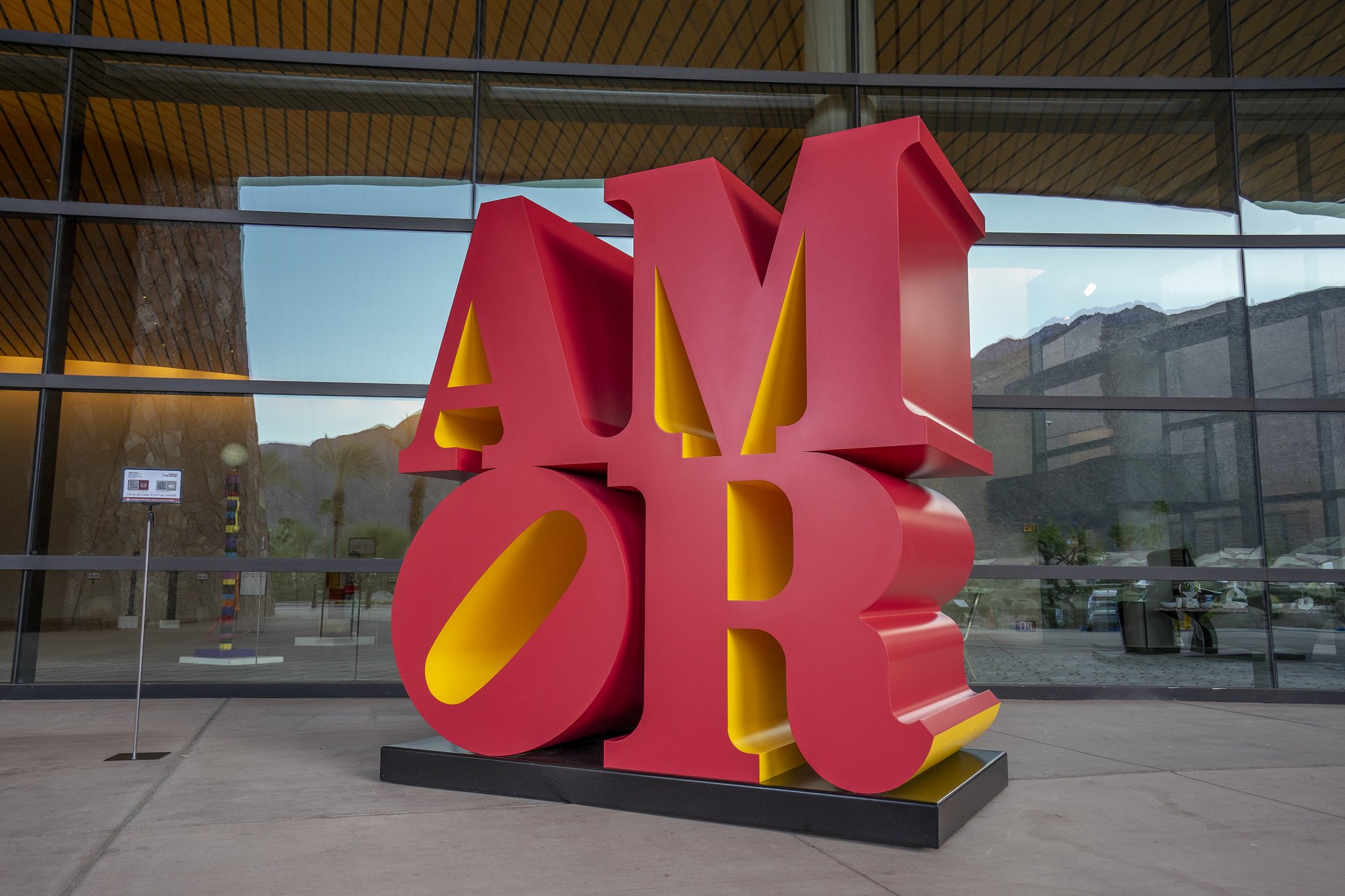
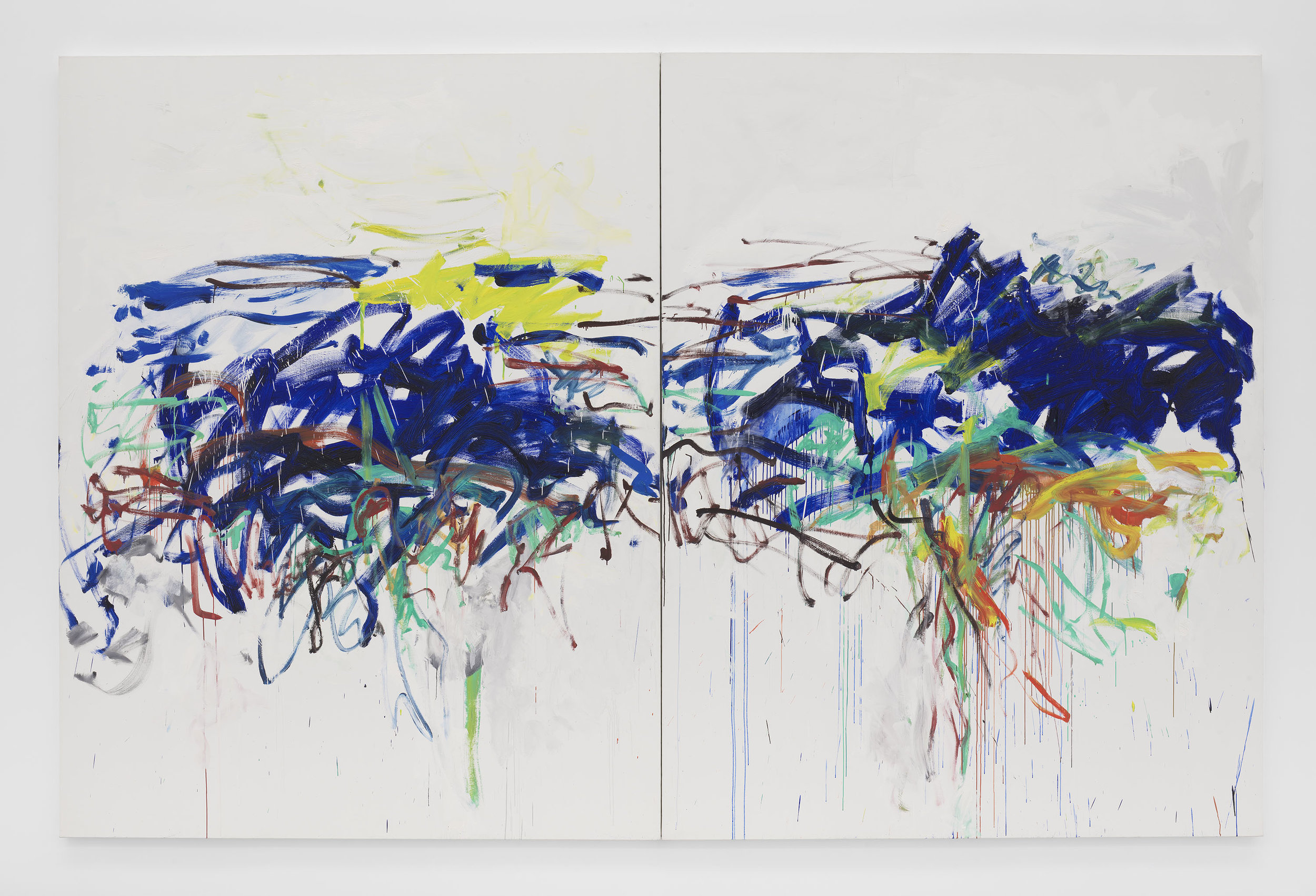
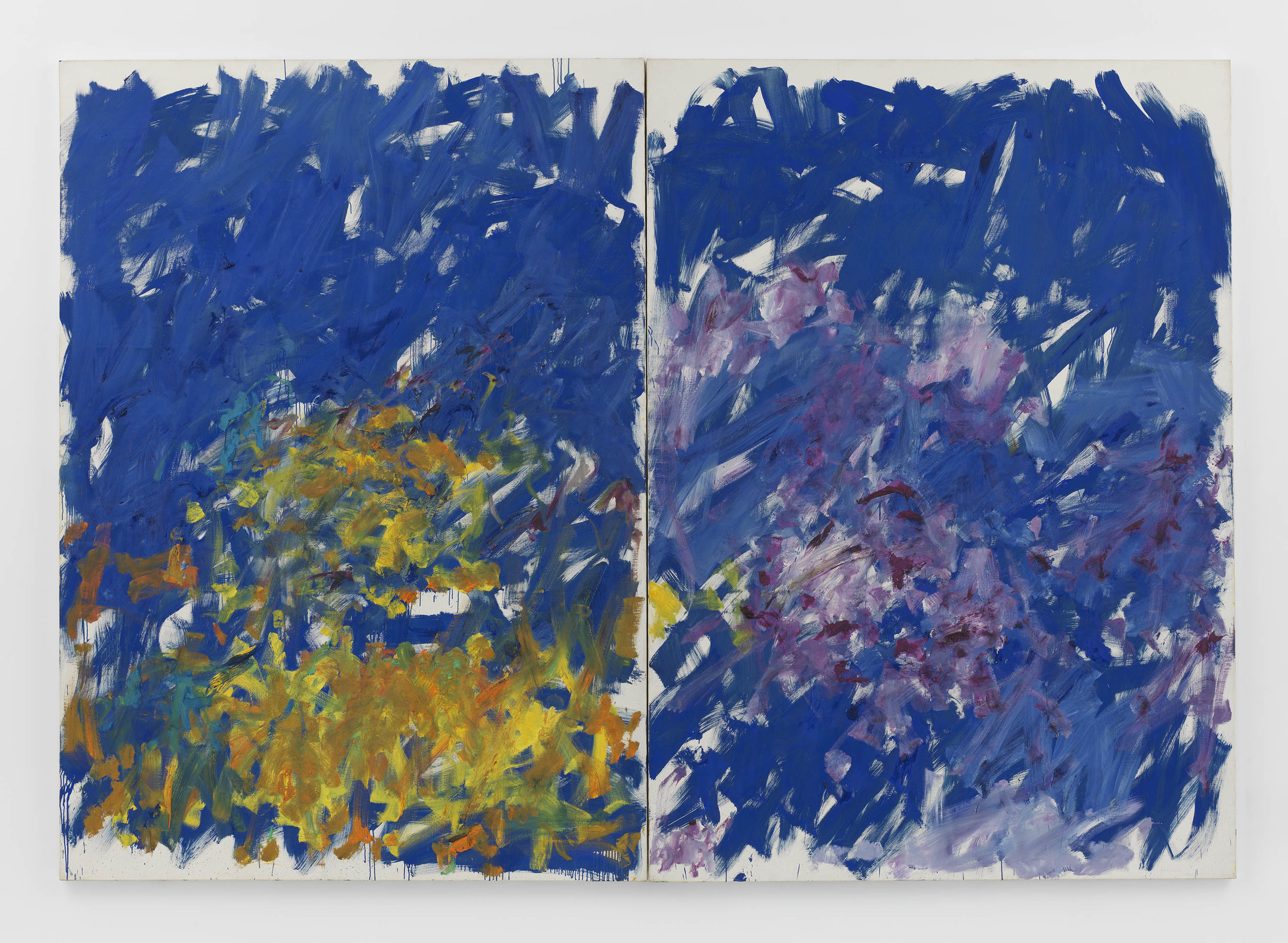
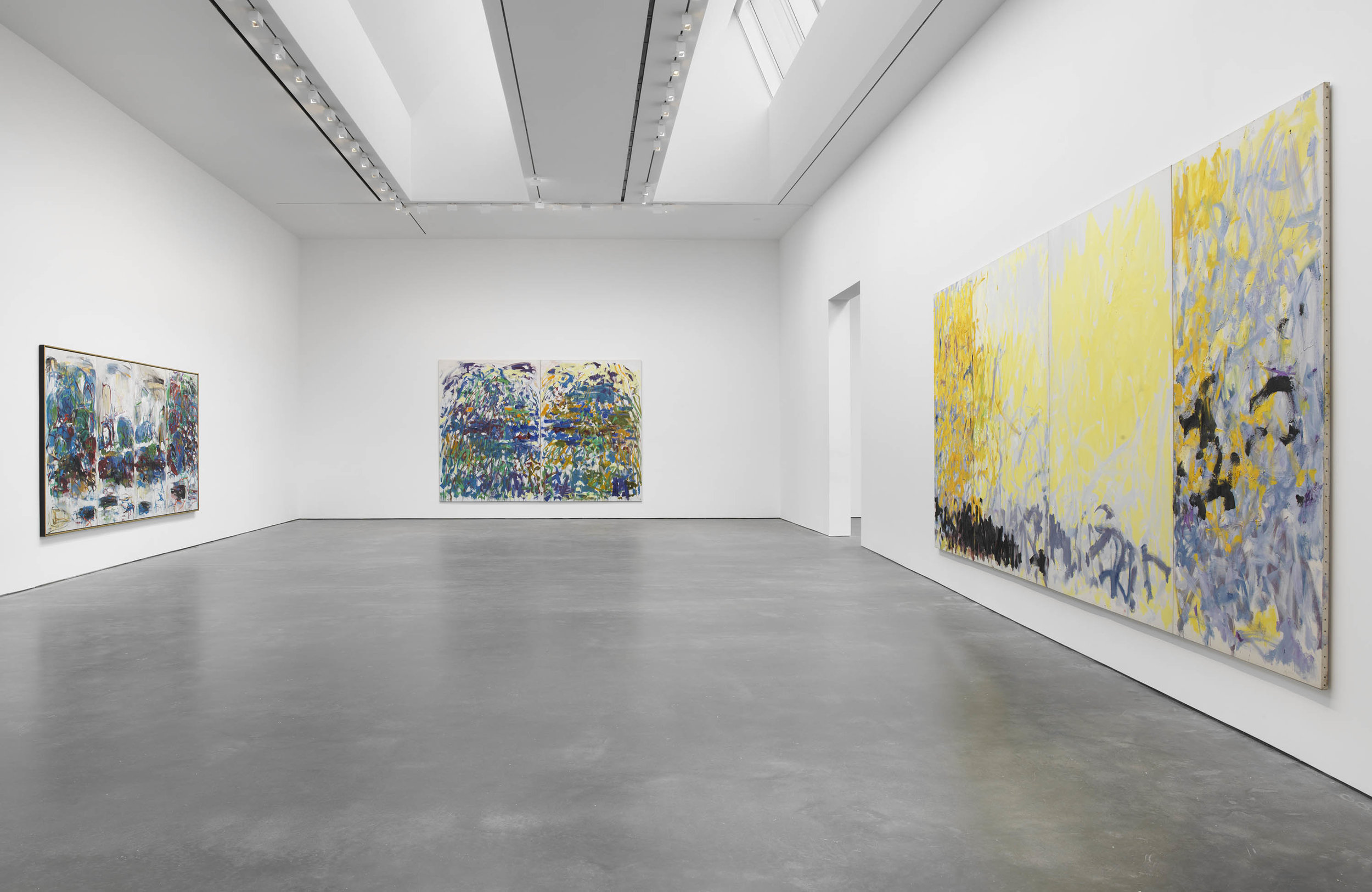
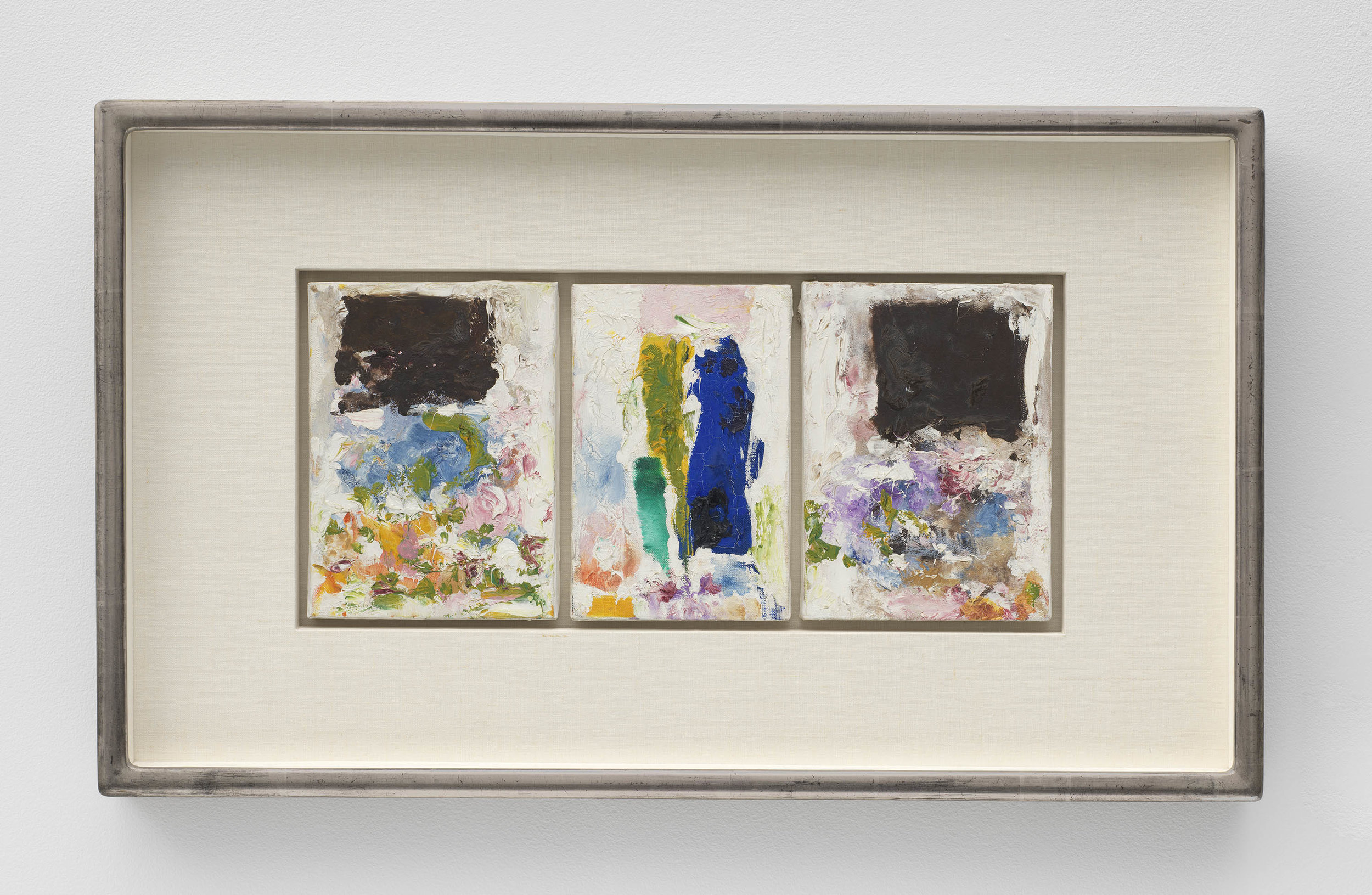
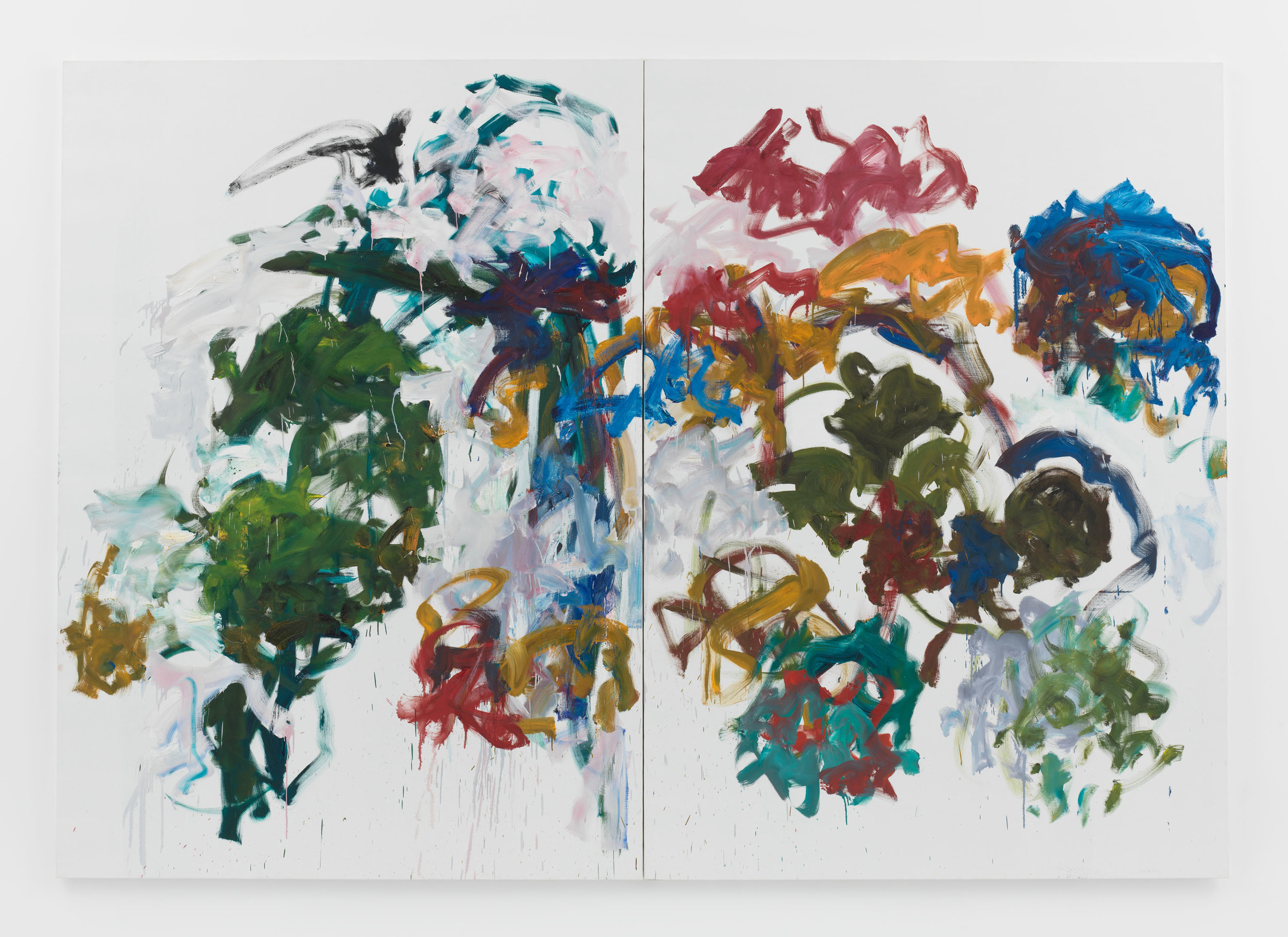
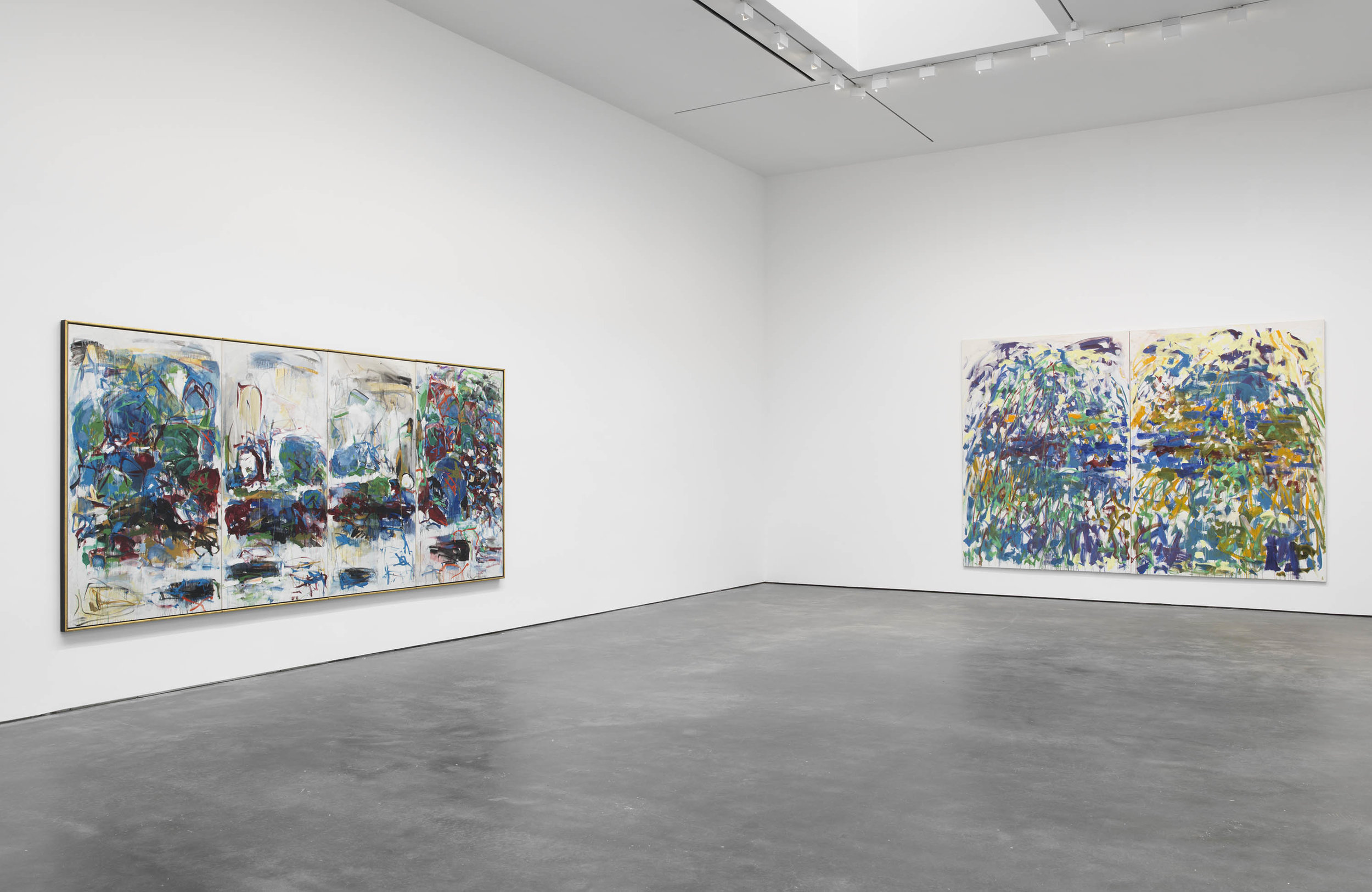
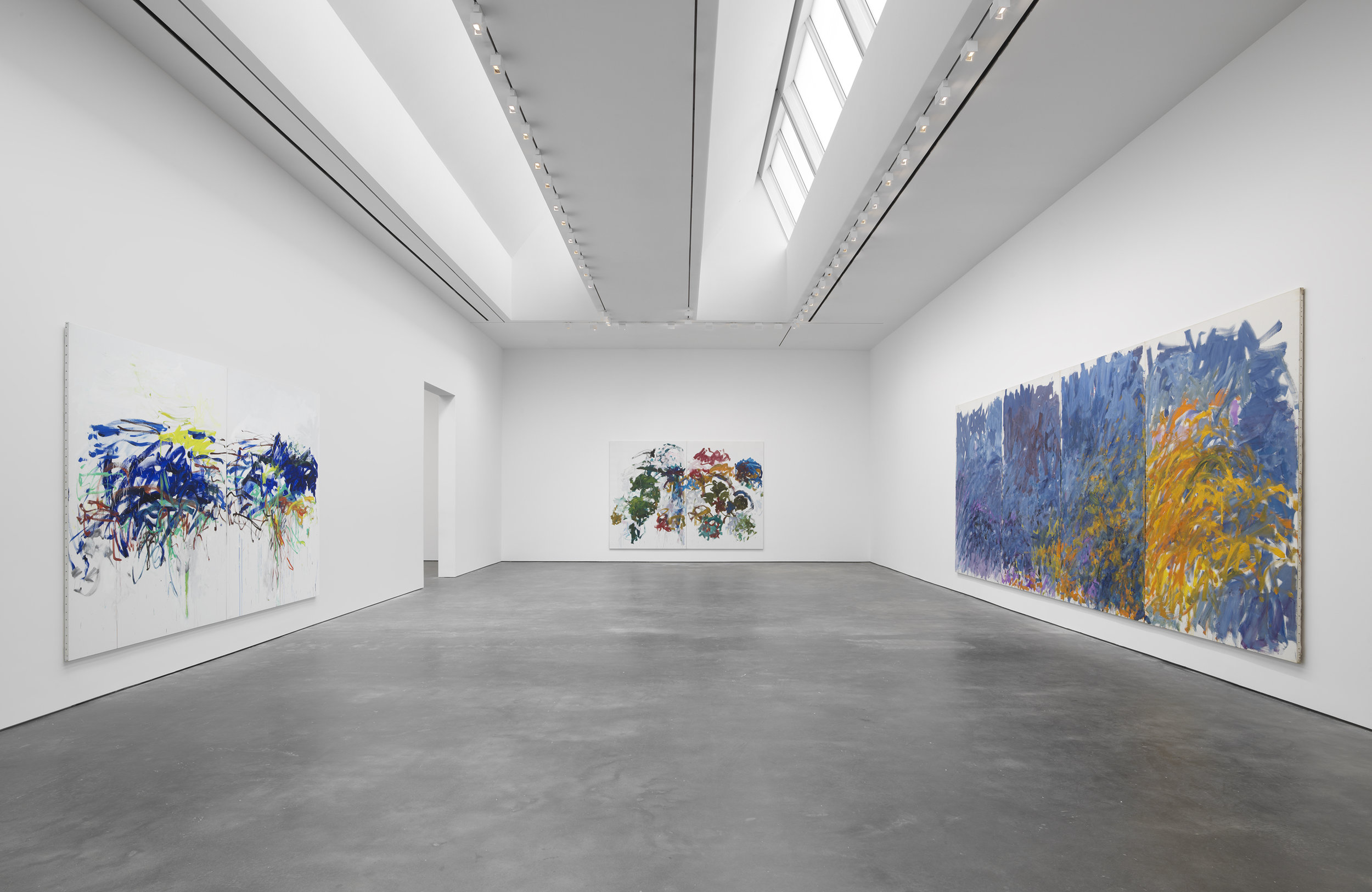
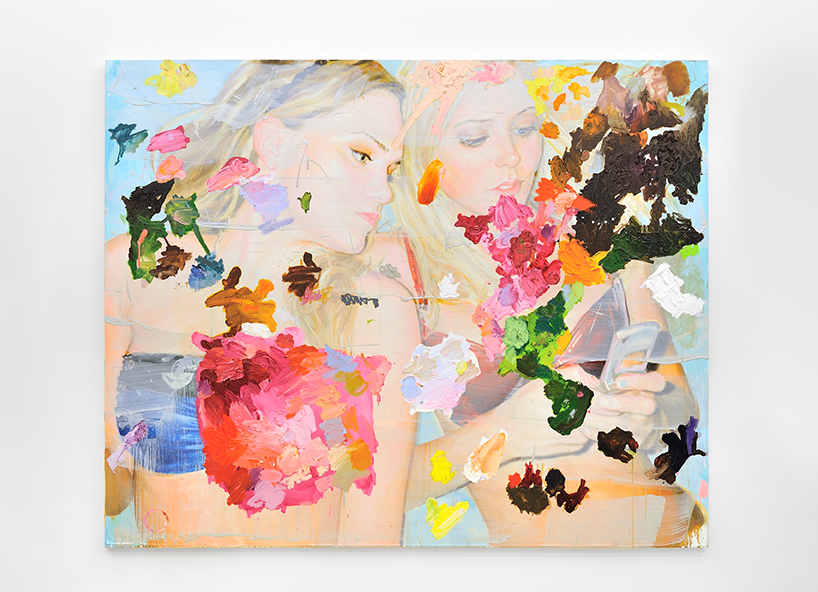
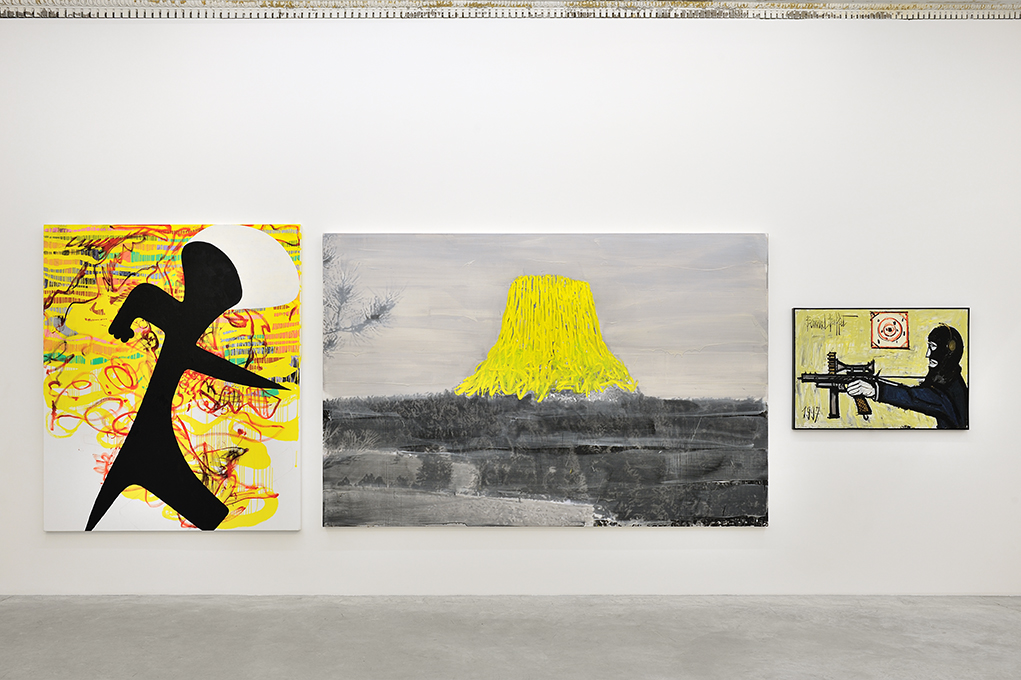
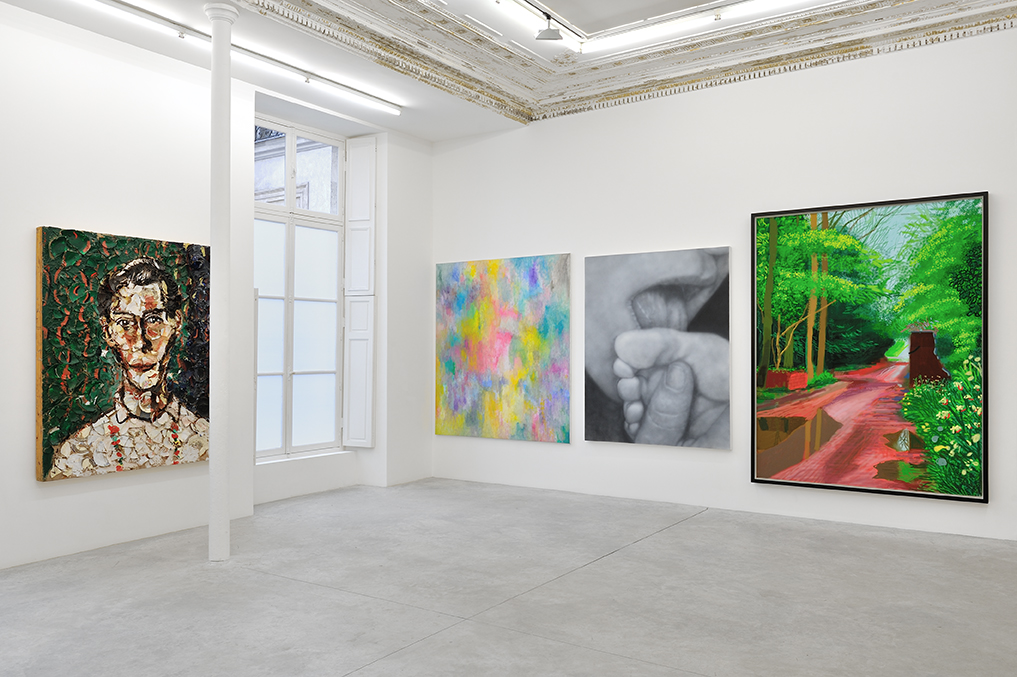
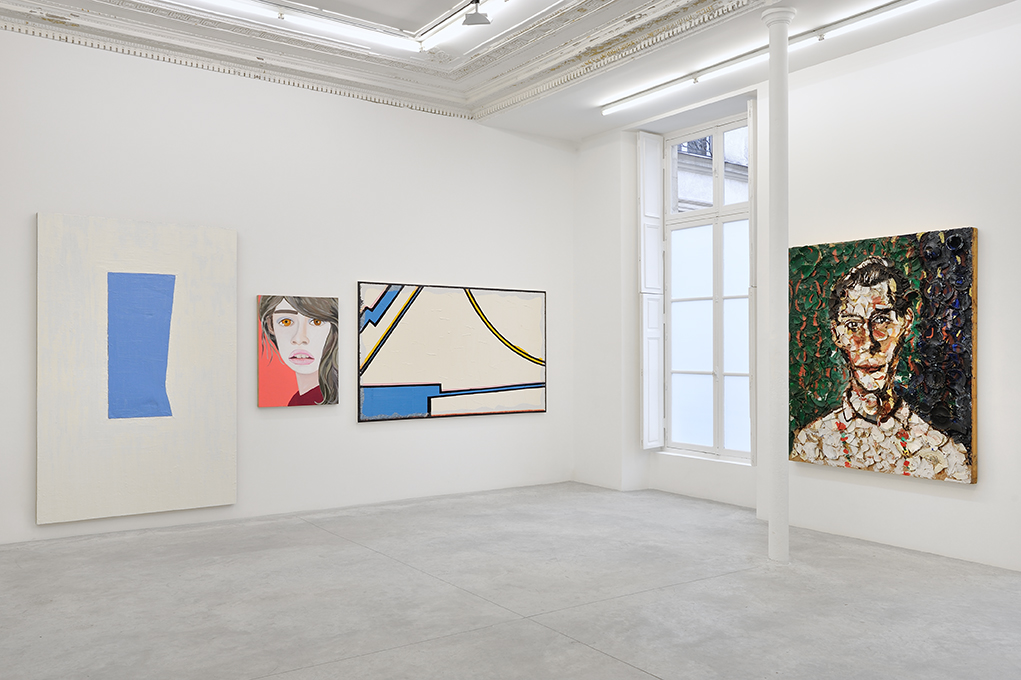
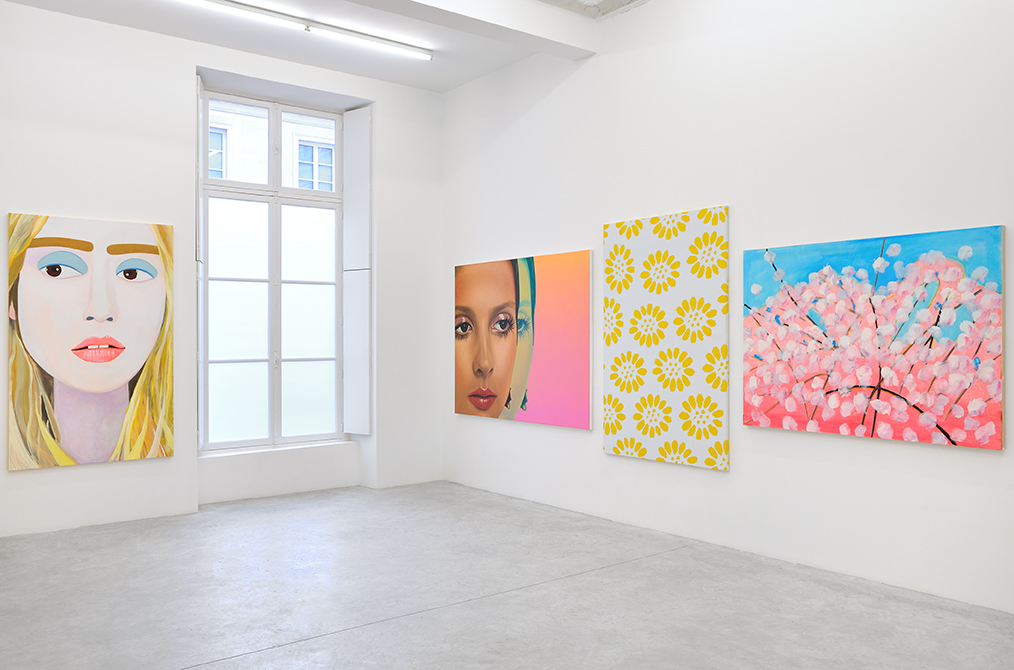
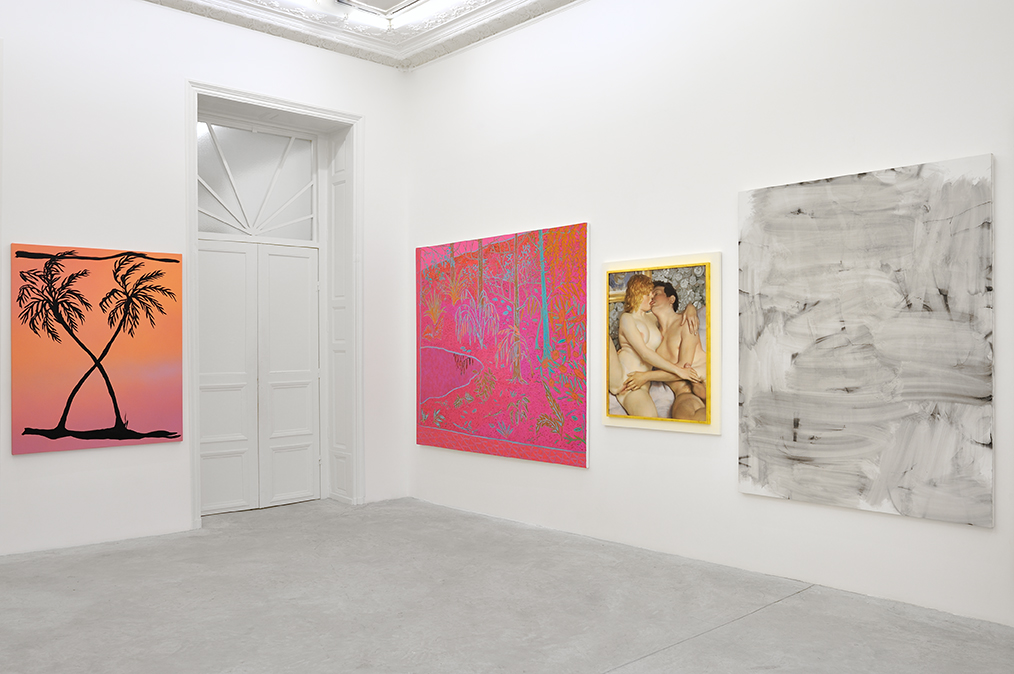
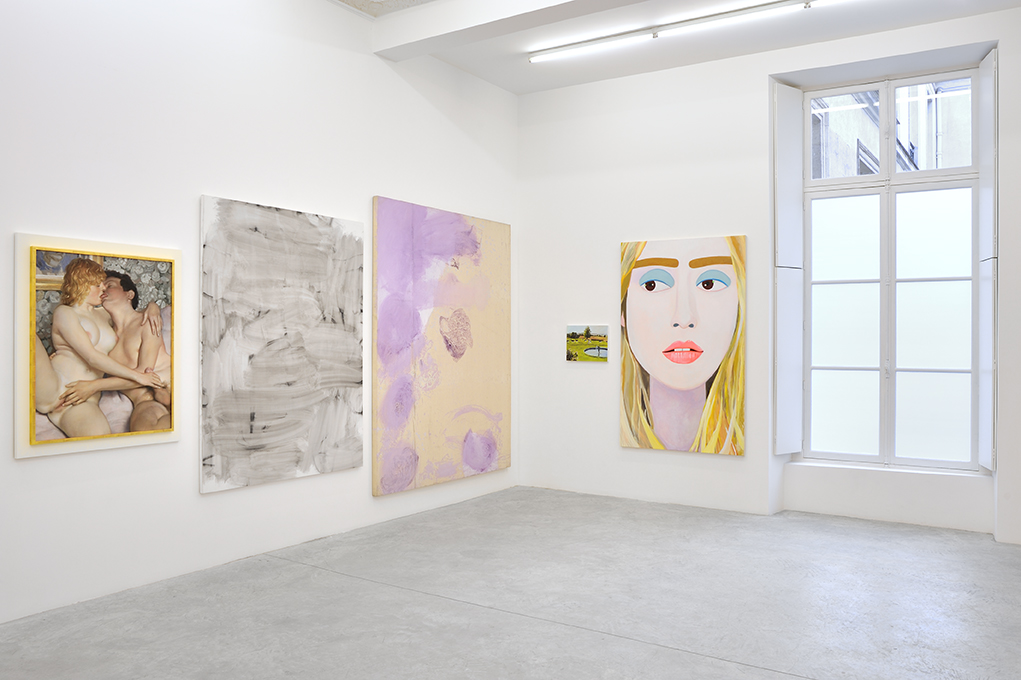
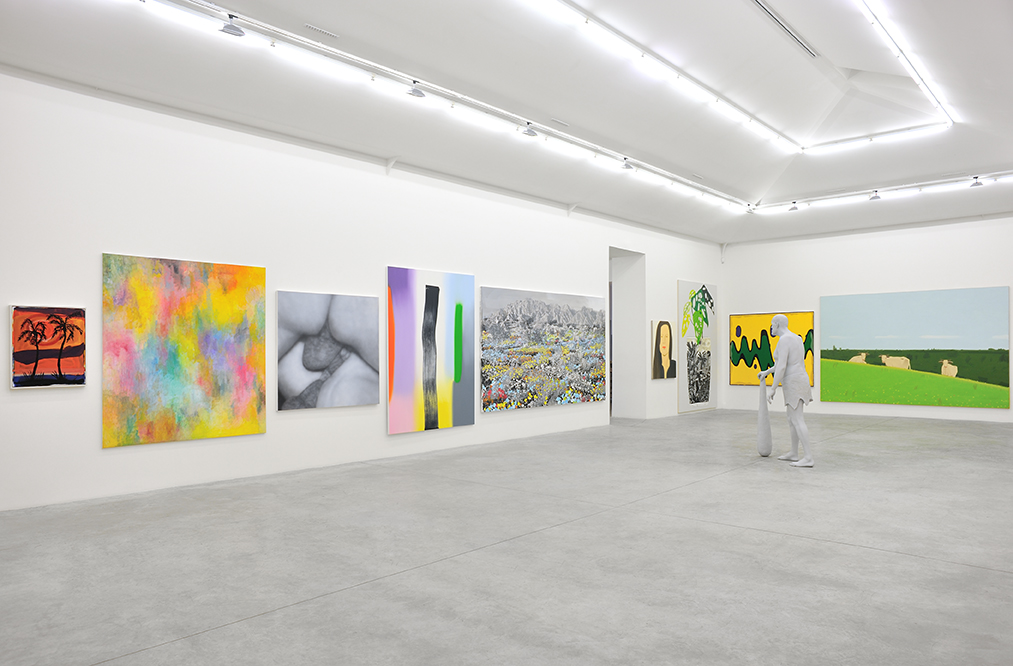
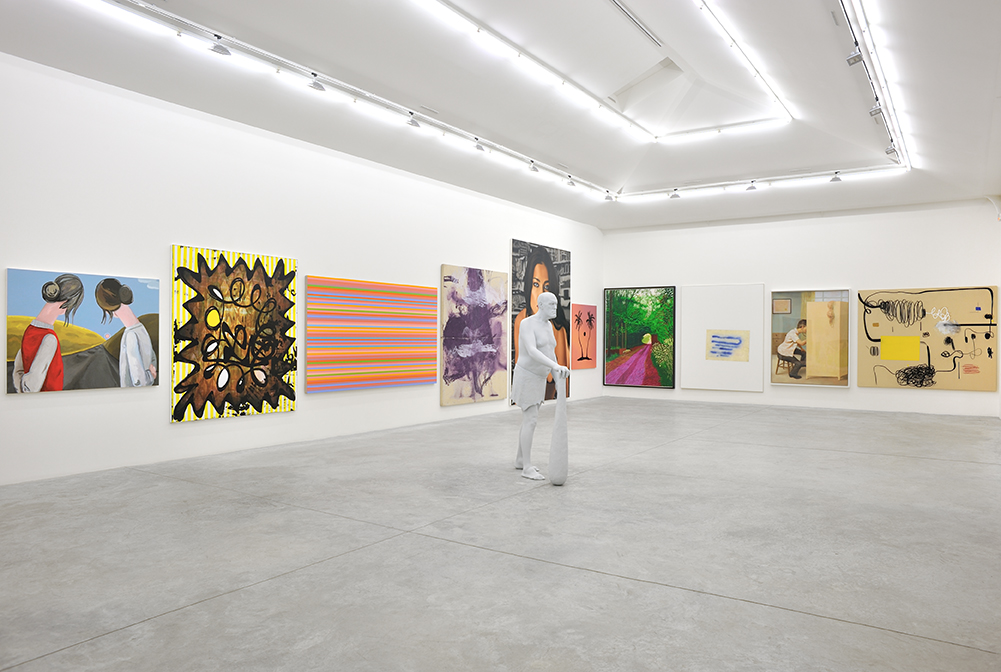
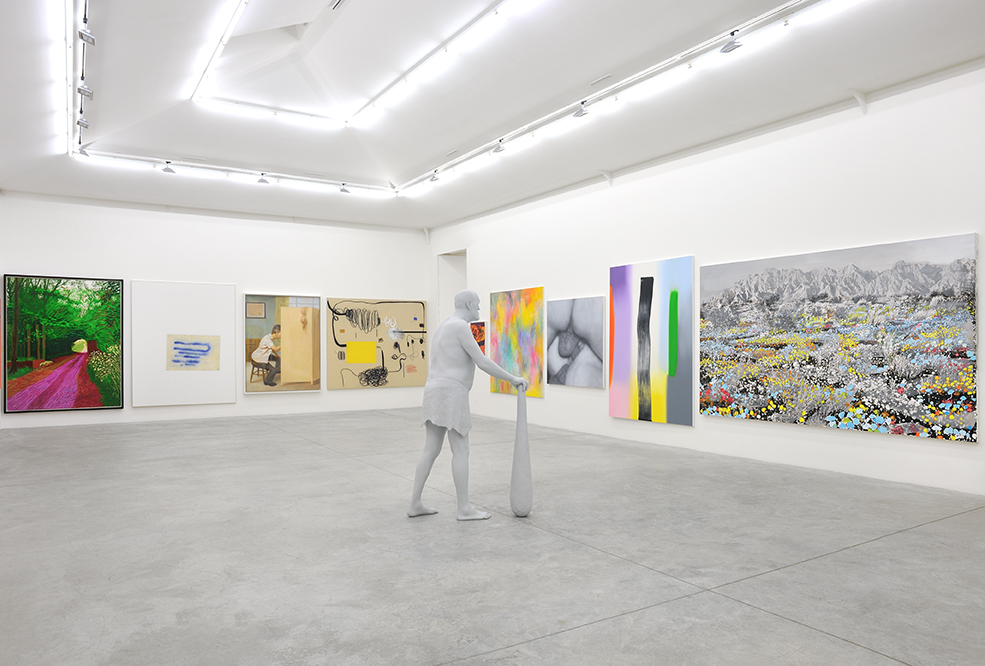
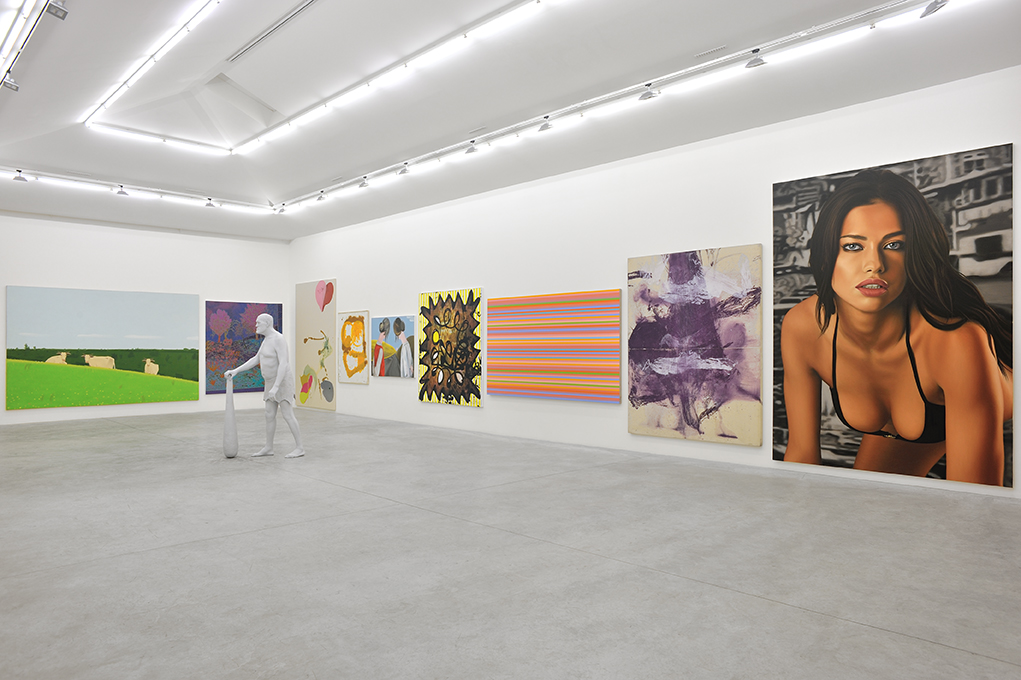


 Andy Warhol 'Love,' 1983, Artist Proof 8 of 17
Andy Warhol 'Love,' 1983, Artist Proof 8 of 17